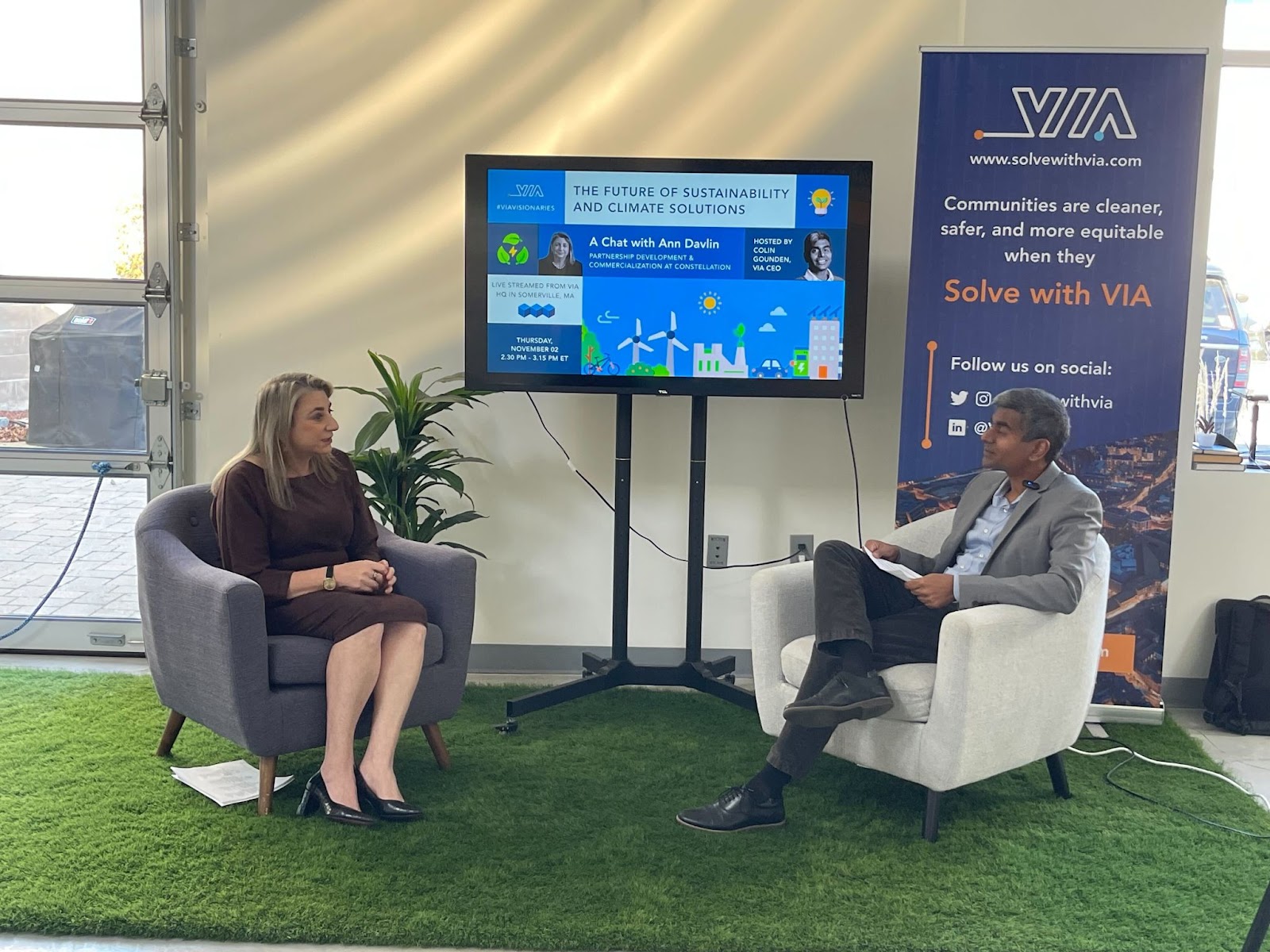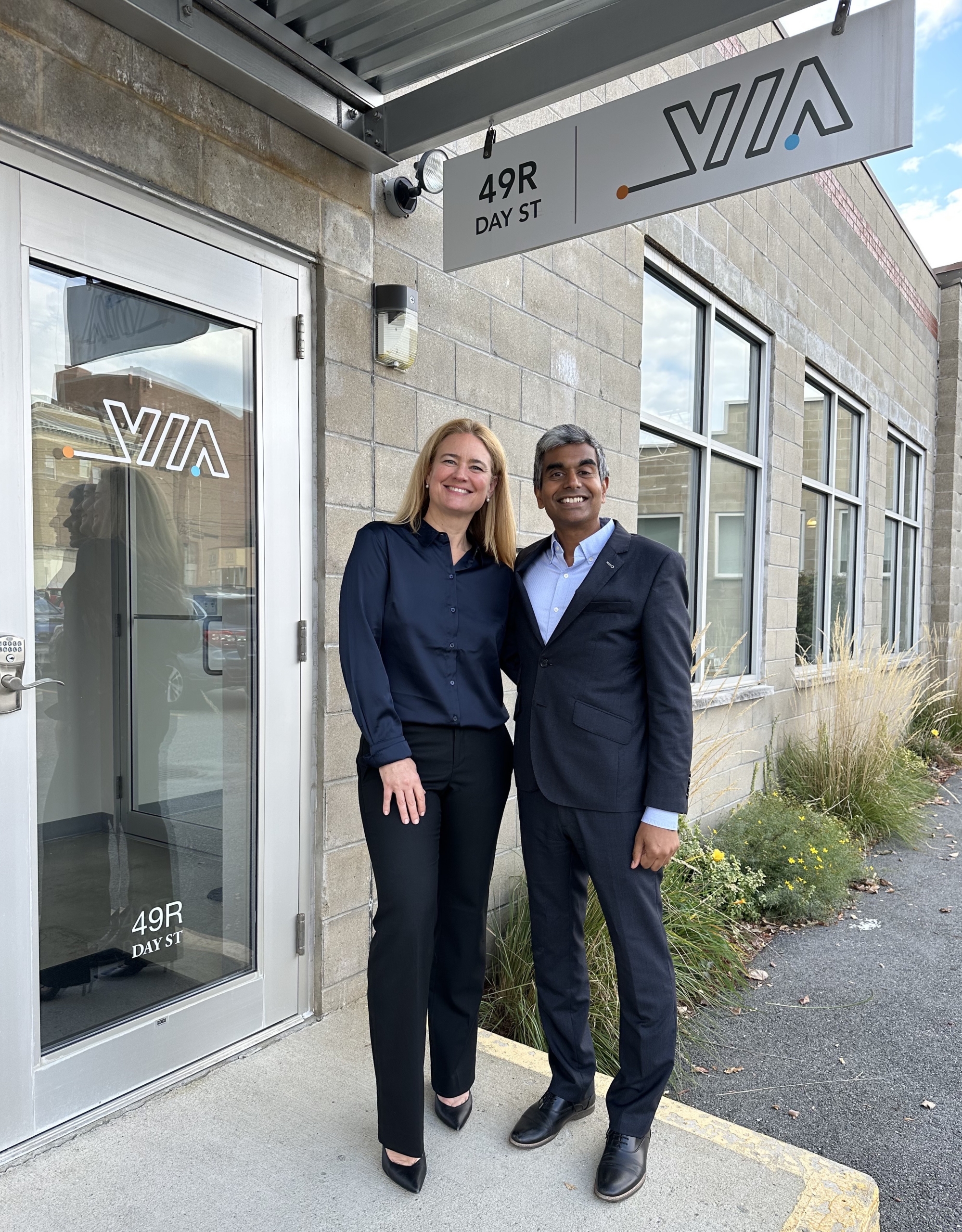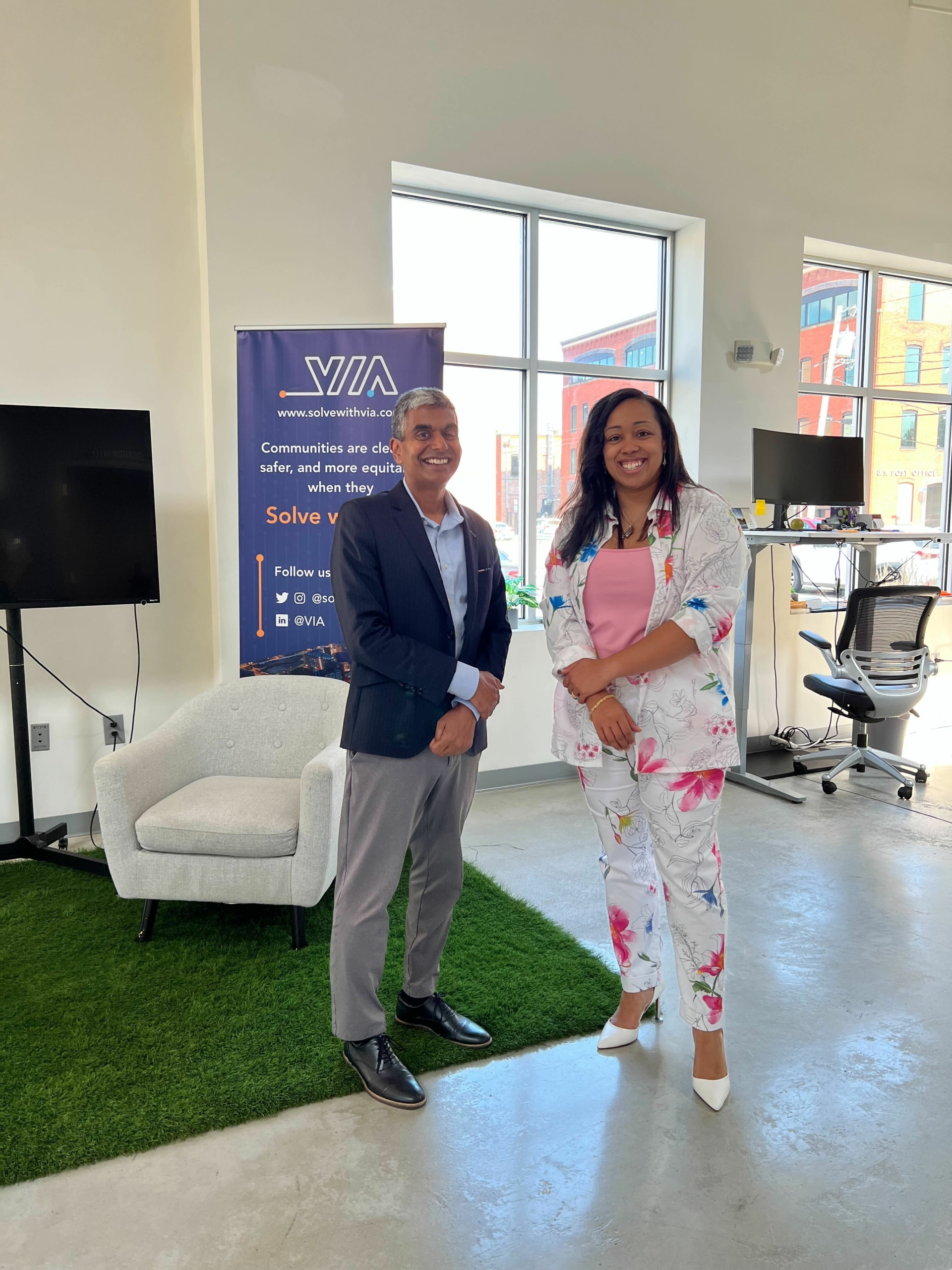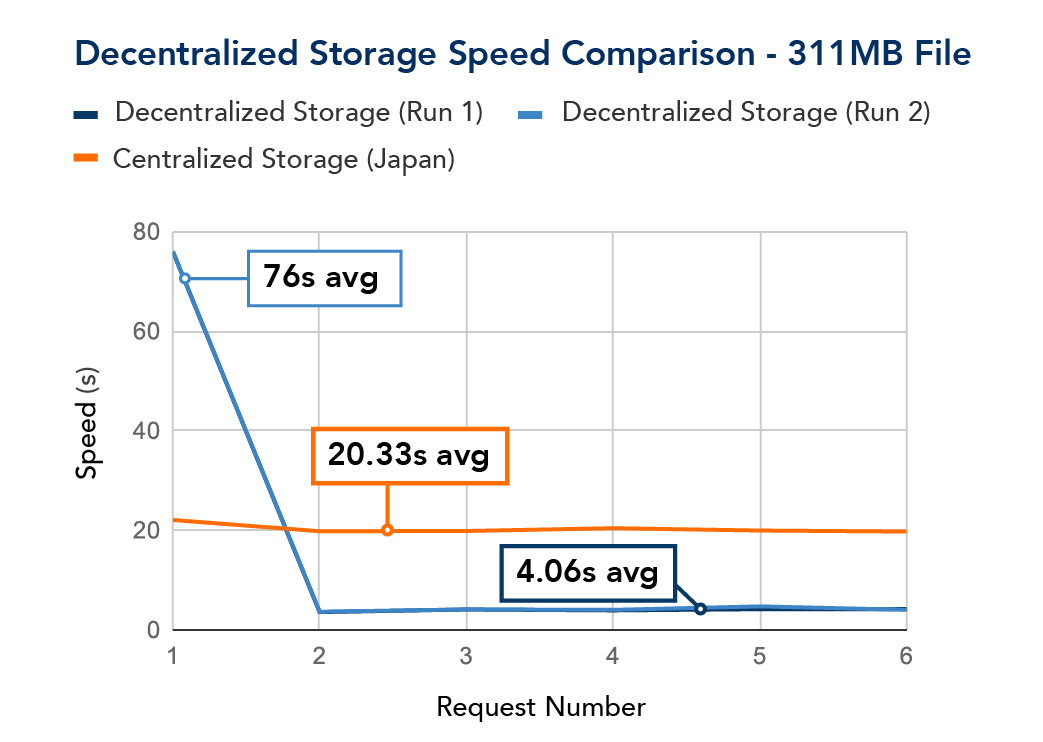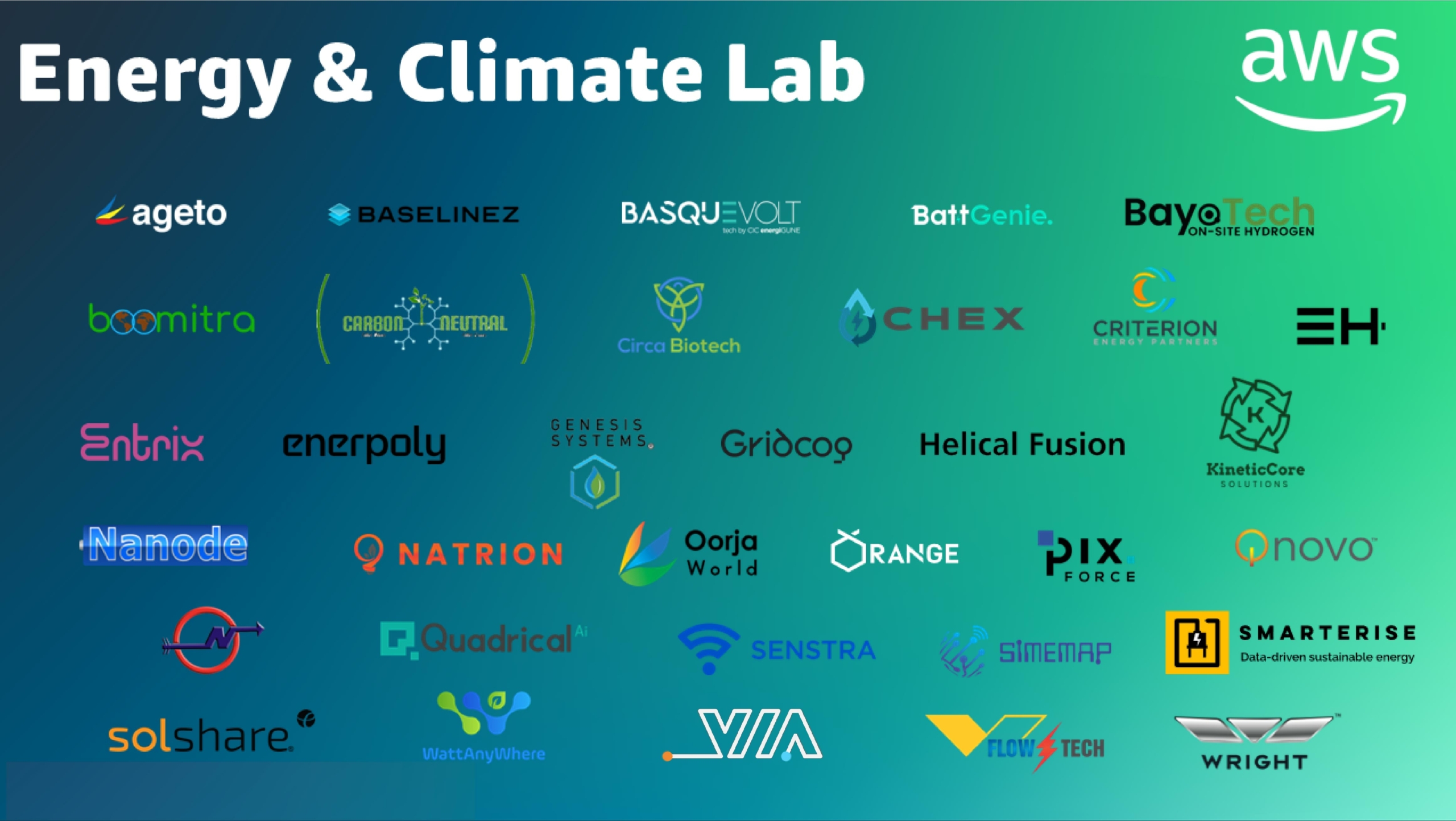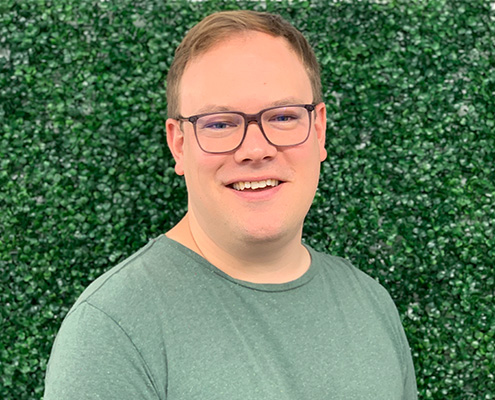In the third installment of our summer learning series, we give a quick introduction to zero-knowledge proofs and an example of how they can be applied in cryptocurrency.
Below is a transcript of the video:
Welcome to Fast and Curious.
A question we often get around zero-knowledge proofs is “That sounds complicated.” So, we’re going to do a super high-level overview here for folks. In data privacy and data security, historically there have been two extremes of methods or approaches.
On the one hand, you’ve got an option which is keeping the data so private and so secure that no one has access to it. That’s beneficial to data security, but basically not very beneficial to anybody who wants to make use of it.
There’s a second option on the other extreme, which is: I’m going to sign some paperwork, provide a file or access to somebody, and I’m going to trust that they do the right thing with it and keep it private and confidential. That’s the other opposite end of the spectrum.
At VIA, we had a notion when we were in our very early days that there had to be a better, software intermediated way of dealing with that. We bet that blockchain and Web3 technologies were going to be the foundation of it. And it turned out to be true. So, the Goldilocks way is not too restricted, not too risky. The Goldilocks way is actually through something called zero-knowledge proofs, and we’ve been working in that space for a little while.
You ask the question, what is a zero-knowledge proof? And how does that actually work?
I’ll give you the quick example from cryptocurrency. Zero-knowledge proofs have been around since the 1990s. They more recently came into popularity from a software perspective because of cryptocurrencies.
So meet Mary and José – not their real names! Their identity has been protected. Mary is saying, “hey, I’m gonna send some cash to José.” José says “that’s terrific.” But then he says, “wait, I didn’t get the money. Did you send it, Mary?”
How are they going to resolve this dispute? In the old days, if Mary was going to wire money or send money to José, they would probably know each other, they would know each other’s names, and they would have a bank that would intermediate that transaction.
In the newfangled cryptocurrency, NFT, blockchain world, Mary and José by definition don’t know each other, right? Part of the benefits of blockchain-based transactions is anonymity, and the other benefit or the other challenge in this case is its peer-to-peer. There is no intermediary. So how can José reconcile the fact that he did or didn’t get what he was expecting from Mary and vice versa. Mary says, yep, I did or can verify that transaction.
And that’s what zero-knowledge proofs are.
It’s essentially a piece of software code that can verify this transaction happened. José got it or didn’t get it without revealing either José or Mary or their identities or any details about their bank accounts.
And if you’re interested, there are actually terrific videos by experts that explain a little bit more detail about exactly how that works, from both professors as well as Up and Atom, that you can find at solvewithvia.com on our blog page.
That gives you the nickel summary. We’re excited to have the opportunity to use and leverage that same zero-knowledge proof technology in new areas like energy transactions and identity. And you can read or see more about that in the upcoming Fast and Curious.
Disclaimer: In the spirit of staying current with the fast moving tech world, these videos are done in one take! The result is they are fresh but may be a little rough around the edges. Enjoy!

